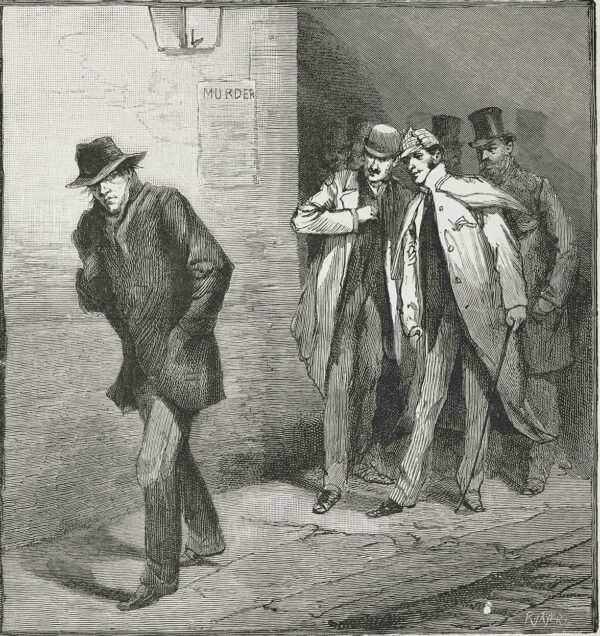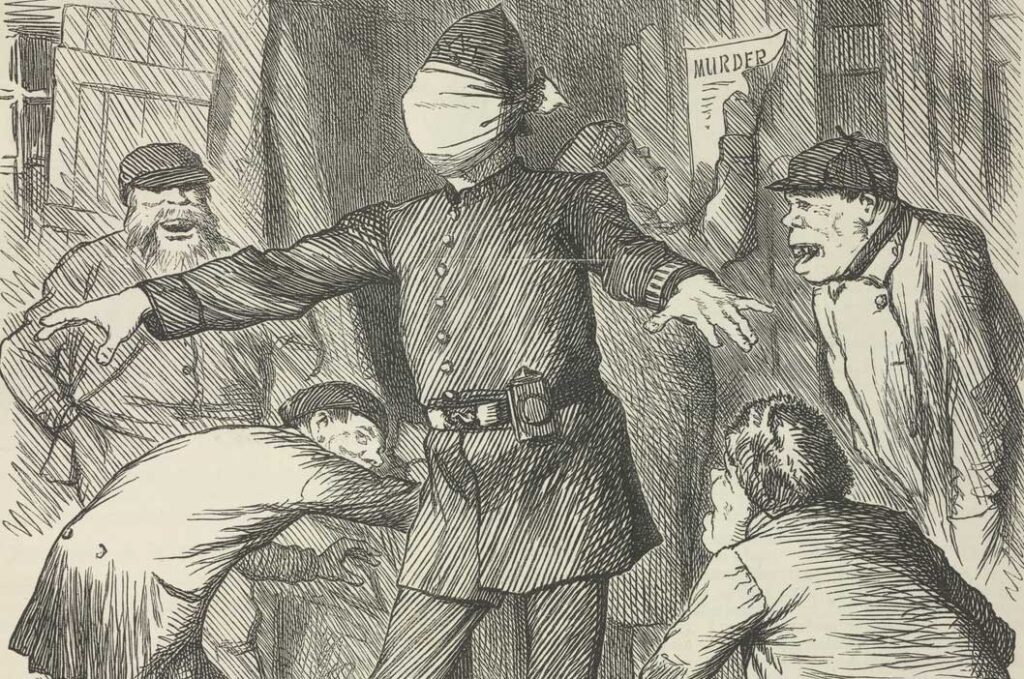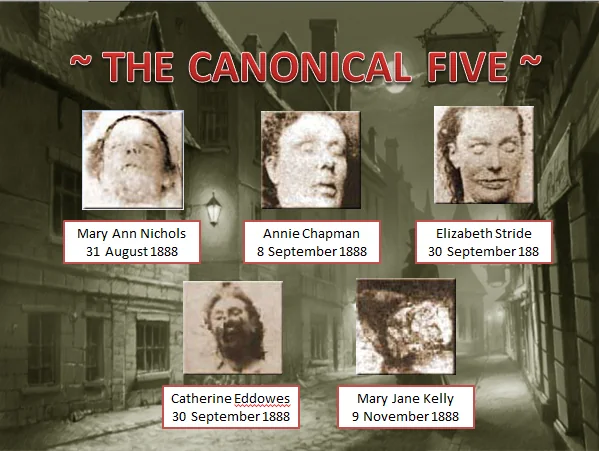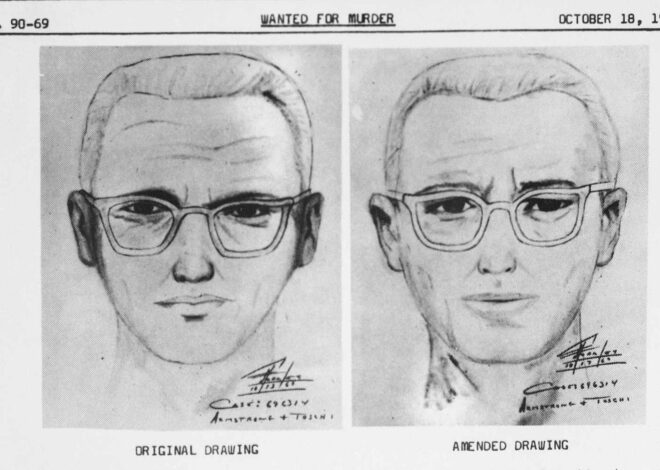
Jack the Ripper – The Mystery That Still Terrifies London
The story of Jack the Ripper is more than a string of brutal killings. It is a tale of fear spreading through narrow alleyways, of newspapers fanning hysteria, of police chasing shadows, and of a name that has never faded from public memory. More than a century later, people still ask who was Jack the Ripper, still debate the jack the ripper identity, and still wonder how many people did Jack the Ripper kill. The truth is elusive, and maybe that is why this case refuses to die.
Whitechapel in 1888: A City on Edge
The killings did not happen in isolation. They took place in London’s East End, in the overcrowded parish of Whitechapel. By 1888, the population had swelled to nearly 80,000, many living in squalid lodging houses. Prostitution, violence, and gang crime were everyday struggles. Newspapers painted the area as a nest of immorality. When the murders began, they seemed almost inevitable to a society already primed to believe that monsters could rise from poverty and neglect.
Conditions were shocking even by Victorian standards. Children rarely survived beyond early childhood, families crammed into single rooms, and alcohol abuse was widespread. These circumstances created the backdrop for the so-called “Autumn of Terror,” when the Whitechapel murders carved their way into history.
The Victims of Jack the Ripper
When people discuss jack the ripper victims, they usually mean the “canonical five.” These women—Mary Ann Nichols, Annie Chapman, Elizabeth Stride, Catherine Eddowes, and Mary Jane Kelly – were killed between August and November 1888. Each suffered throat slashing and, in most cases, shocking mutilations that suggested rage, ritual, or a disturbed mind. Police reports noted missing organs, leading some to believe the killer had medical knowledge. Yet opinions differ, and some experts argue that only three murders can be firmly connected to the same hand.
Outside the canonical group were others, such as Emma Smith and Martha Tabram, both murdered in Whitechapel earlier that year. Whether their deaths were part of the same spree is still debated. That question alone keeps researchers busy: how many people did Jack the Ripper kill? The official police file listed eleven Whitechapel murders, but historians still argue whether the number was four, five, or even more.
Inside the Crime Scenes
Descriptions of the jack the ripper crime scene remain horrifying. Mary Ann Nichols was found with deep slashes across her throat and abdomen. Annie Chapman’s body was discovered with parts of her organs placed on her shoulders. Catherine Eddowes had her face disfigured, her kidney taken, and sections of her intestines placed over her body. Mary Jane Kelly’s case is perhaps the most infamous, often cited as the jack the ripper victim on bed, because she was murdered inside her own room and mutilated beyond recognition. Photographs of her body are still considered among the most shocking images in criminal history, making them some of the most searched jack the ripper crime scene photos.
Each scene seemed to escalate in brutality. Some think this points to a single killer gaining confidence. Others believe the pattern is inconsistent enough that multiple killers could have been at work. Either way, the images of those dark alleys and bloodstained rooms are stamped into collective memory.
Who Was Jack the Ripper?
The biggest question—who is Jack the Ripper?—has never been answered. Contemporary police files name suspects ranging from butchers and doctors to aristocrats and foreign immigrants. Later theories dragged in artists, writers, and even royalty. At one point, Prince Albert Victor, the Duke of Clarence, was rumored to be the killer. The idea of a gentleman killer stalking prostitutes became irresistible to journalists and fiction writers alike.
The fascination with jack the ripper identity only deepened with time. In the 1970s, the term “Ripperology” was coined for the cottage industry of books and research surrounding the case. Today, more than a hundred suspects have been named. Some theories are serious, others absurd. Yet the fact remains: the real name of the Ripper has never been proven.
Modern Science: DNA and Faces
In recent years, scientists attempted to apply DNA testing to artifacts connected with the case. Reports surfaced claiming that hair or clothing from victims carried genetic links to Aaron Kosminski, a Polish barber living in Whitechapel. These stories fed the headlines about jack the ripper dna, but the findings were later criticized as flawed, contaminated, or impossible to replicate. Nothing definitive has emerged.
Alongside genetics, artists and researchers have tried to reconstruct what the killer might have looked like, fueling interest in jack the ripper face. These reconstructions, often based on witness testimony or imagined composites, tend to reflect cultural fears as much as forensic accuracy.
The Letters and the Birth of a Name
During the height of the murders, police and newspapers received hundreds of letters. Some offered theories, others claimed to be from the killer himself. The most famous of these was the “Dear Boss” letter, which introduced the name Jack the Ripper. Most experts agree the letter was likely a journalist’s hoax, designed to sell more papers. Still, it worked—within days the name was plastered across headlines worldwide, cementing its place in history.
Another, the “From Hell” letter, came with half a human kidney. Whether it was genuine or a prank, the shock value was undeniable. It is this interplay between murder and media that made the Ripper not just a killer but a legend.
Why Wasn’t Jack the Ripper Caught?
It is tempting to ask why was Jack the Ripper never caught, or even how did Jack the Ripper die. The truth may be simpler: the police of 1888 were working without modern forensic tools. Fingerprinting was not in use. DNA was unthinkable. The East End’s maze of alleys provided countless escape routes. Some detectives believed the killer might have been arrested for another crime, died, or simply moved away. Others think the murders stopped because his urges faded or he was confined to an asylum. Speculation about the jack the ripper fate remains endless.

The Victims Remembered
Amid speculation about the killer, it is worth pausing on the victims. They were women struggling under the weight of poverty, addiction, and homelessness. Their names—Nichols, Chapman, Stride, Eddowes, Kelly—still echo through history. Each was more than a crime scene; each had a life that mattered. Modern researchers have made efforts to restore their dignity, telling their personal stories beyond the violence.
Jack the Ripper in Popular Culture
The legend expanded far beyond Whitechapel. Novels, films, and documentaries revisit the crimes constantly. Many people first meet the case through a jack the ripper movie, fictionalized accounts that mix fact with Gothic horror. Walking tours in London, often marketed as the jack the ripper tour, guide visitors through cobbled streets, stopping at pubs and alleys tied to the killings. While some see this as exploitation, others consider it a way of keeping history alive.

Oddly, search engines reveal connections like Edgar degas Jack the Ripper or degas Jack the Ripper, reflecting how the Ripper myth crosses into art history and conspiracy. The fact that these unrelated names appear together shows how the legend absorbs almost anything.
Has Jack the Ripper Case Been Solved?
People still search jack the ripper solved or jack the ripper identified, hoping for closure. The blunt truth is that no solution has ever been accepted universally. Each new book claims to offer the final word, yet none can prove it. The allure is in the mystery itself-solving it might kill the legend, and perhaps that’s why it endures.
Closing Reflections
The fascination with Jack the Ripper is not just about bloodshed. It is about Victorian society, the birth of modern journalism, the limits of policing, and the way fear shapes culture. It is about poverty rubbing shoulders with wealth, and the world realizing that violence could be both intimate and terrifyingly anonymous. Whether through questions like who was Jack the Ripper or through a late-night walk on a jack the ripper tour, the case continues to hold us in its grip.
In the end, the Ripper is less a person than a mirror-showing us the shadows we carry, the justice we never found, and the stories we cannot let go.
If this case intrigued you, don’t miss our roundup of other famous 5 unsolved cases. Some of the details in this article were drawn from Wikipedia.








